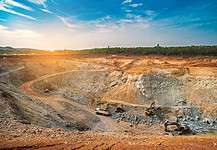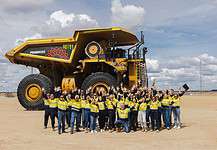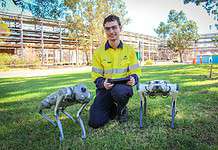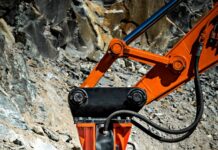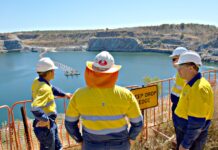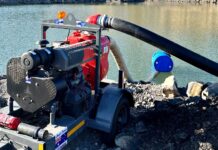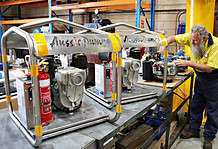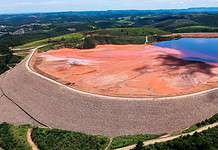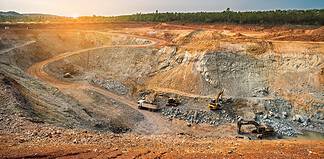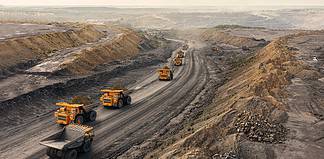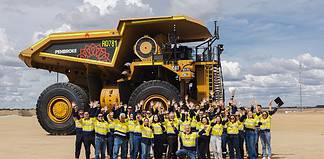In September 2019, the World Nuclear Association produced a report modelling a predicted divergence in the supply and demand curve globally for uranium. The report showed demand outstripping supply from 2023.
In other words, there is a looming uranium supply and demand mismatch and the Association believes the uranium industry is only a couple of years away from firing again, leaving behind fears of another Fukushima.
There is reason to be positive about nuclear energy: it could play a crucial role in the decarbonisation of the world.
Such is the shift in thinking around nuclear’s role to combat climate change, that Microsoft co-founder Bill Gates is making the rounds in Washington to persuade the US Congress to spend billions of dollars over the next decade for pilot projects to test new designs for nuclear power reactors.
Gates has said he would personally invest $1 billion and raise $1 billion more in private capital, in combination with federal funds for a pilot of Terrapower’s never-before-used nuclear technology.
Gates founded Terrapower in 2016, so has a vested interest.
“Nuclear is ideal for dealing with climate change, because it is the only carbon-free, scalable energy source rolex yacht master rolex calibre 2836 2813 mens 16623blso automatic that’s available 24 hours a day,” Gates said in his year-end public letter. “The problems with today’s reactors, such as the risk of accidents, can be solved through innovation.”
The US is looming large as a key player in the reinvigoration of the nuclear industry.
The US charge is being led by the current Presidential administration, which has unveiled its vision for reclaiming US nuclear leadership.
The 2021 budget proposes creating a US$1.5B U3O8 reserve through 10 years of purchasing US$150m p.a. (circa 3.75 mlbs p.a.) of domestic U3O8 production.
Further congressional approval will be sought to expand this initiative to acquire 17-19 mlbs of U3O8 over 10 years. The 2019 US production is estimated at only 174,000 lbs.
The US Energy Department recently approved $221 million to help companies develop advanced reactors and smaller modular reactors in fiscal 2019, above the budget request.
Of course reactors need feed and ASX listed GTi Resources (ASX: GTR) is looking to put itself in the mix to supply it.
Utah-based GTi Resources has acquired a number of highly prospective, past producing uranium and vanadium properties located in the Henry Mountains, Utah, USA.
This is a region with a long history of uranium and vanadium mining, having produced 92 mlbs U3O8 and 482 mlbs V2O5 at average grades of 2,400ppm and 1.25% respectively from the Morrison Formation sandstones, making it easy to mine.
Interestingly, recent XRF sampling by today’s ASX listed, $4.6 million capped company provides evidence of potential high-grade uranium and vanadium mineralisation within the Morrison Formation sandstones.
The company’s properties are located within trucking distance of White Mesa Mill, the only operating conventional uranium mill in the US.
Importantly for this company, its properties lie adjacent to the Tony M mine owned by Energy Fuels Inc, (TSE: EFR). Tony M contains a remaining NI 43-101 compliant 10.9 million pound combined measured, indicated and inferred resource @ 2,183ppm U3O8.
Now it is ready to begin its spring exploration program, which is set to commence next week. The program will follow up on previous high-grade assay results of 1.39% U3O8 and 2.46% V2O5 and 0.12% U3O8 and 3.89% V2O5.
This company is sitting on walk up ready drill targets in underexplored ground along trend from historical workings.
There’s a lot to like about this potentially undervalued uranium/vanadium play, especially as uranium is set to become a bigger discussion point in the clean energy revolution.
By Jonathan Jackson


